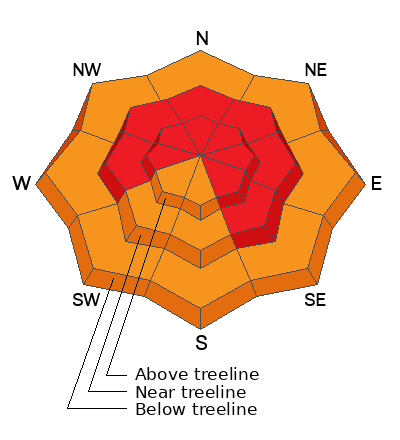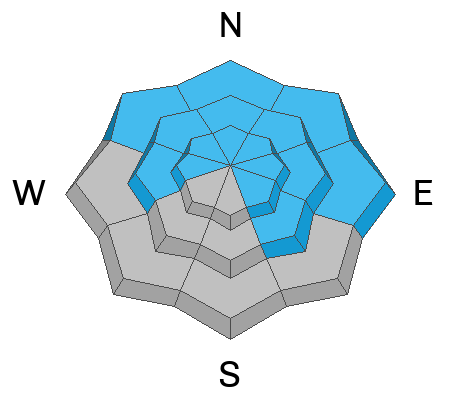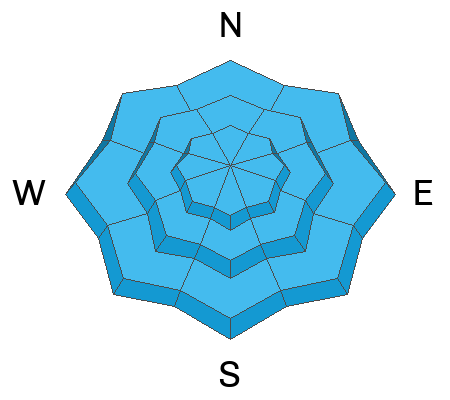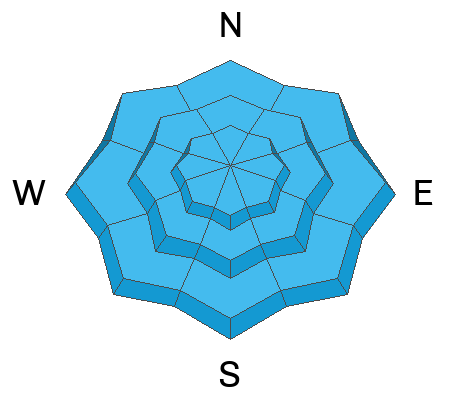Forecast for the Moab Area Mountains

Issued by Dave Garcia on
Wednesday morning, February 7, 2024
Wednesday morning, February 7, 2024
Very strong Southerly winds and heavy snowfall have caused the avalanche danger to rise to HIGH in the La Sal Mountains. Deep and dangerous natural avalanches failing on a buried persistent weak layer are LIKELY. Human-triggered avalanches are VERY LIKELY. The danger is most prominent on slopes near treeline and above that face W-NW-N-NE-E-SE. On all other slopes, the danger is CONSIDERABLE and humans are LIKELY to trigger avalanches within the new snow and in fresh slabs of wind-drifted snow.
These are very dangerous avalanche conditions. Travel in avalanche terrain is not recommended.
These are very dangerous avalanche conditions. Travel in avalanche terrain is not recommended.

Low
Moderate
Considerable
High
Extreme
Learn how to read the forecast here









